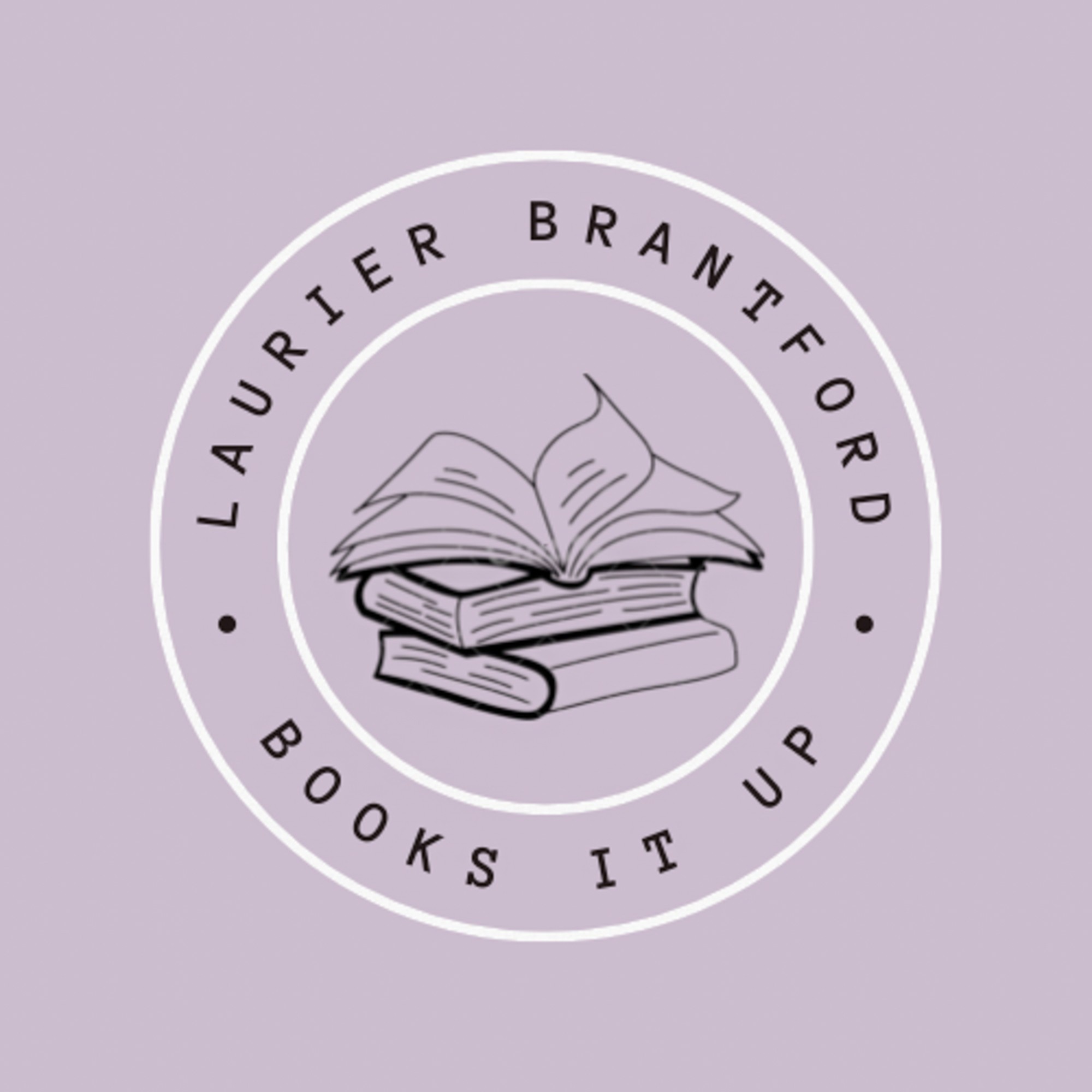Have you ever studied Aboriginal artwork? If you haven’t, you are missing out on a large part of Canadian culture. The Aboriginal settlers as you may know were the first people to settle in Canada. Unlike many cultures, the Aboriginals’ culture does not come from other parts of the world such as England, France or India. The art they create is an expression of Canadian history and the stories they tell have been passed down throughout several generations.
Story telling is precious to Aboriginal people and as you will often notice, the majority of their artwork will tell you some sort of story. When an Aboriginal tells a story, it is not like they are reading a book. When one retells a story, they have the ability to turn it into something new. Drew Hayden Taylor, a Canadian author, once suggested that, “much like a writer, a story teller uses his body, voice, and imagination to take the audience on a journey.” When artists use a story within their artwork, they are encouraged to research the story’s cultural origins before elaborating a new artistic meaning. Storytelling has always played an important part of cultural identity because the stories are told in order to teach valuable lessons, strengthen cultural ties and to keep history alive.
Aboriginal art has a critical role in shaping Canadian history. It expresses creative skill, imagination and Canadian culture. Some of the most common Aboriginal art occupations are artisans, craftspersons, painters, sculptors and other forms of visual arts. In addition, Aboriginal artists work in both traditional and contemporary art forms. They may use mediums such as paint, leather, weaving, soapstone, wood carving and mask making.
A well-known type of Aboriginal artwork is Woodland art. Woodland symbolism is spread throughout the early work of Aboriginal Canadian artist, Norval Morrisseau. When looking at a Woodland piece, there are clues the audience should look for. For starters, Woodland art often shows lines of power radiating from the bodies and heads of people and animals. The variations in length and intensity represent the quality of power. In addition, animals and people may be connected with one and other through flowing lines. This often indicates relationships. The majority of the lines, circles and/ or details of the artwork will be a piece of the story the artist is trying to tell.
There are many opportunities for students and members of the Brantford community to further their knowledge on Aboriginal artwork. The Woodland Cultural Centre located on Mohawk Street in Brantford is an educational museum focusing on Aboriginal artwork. The Centre has a mission they would like to fulfil, to ‘exist to present, encourage and promote contemporary First Nations art to a global audience’.
The Centre was built in October of 1972 under the leadership of the Association of Iroquois and Allied Indians after the closure of the Mohawk Institute Residential School.
The Centre has had many accomplishments throughout the years. One in particular is their annual juried art exhibition First Nations Art which features First Nation artists, both established and emerging, from across Canada and the United States. The Centre also works closely with performing artists in the community.
Students from Laurier Brantford also have the opportunity to learn more about Aboriginal art at the Aboriginal Student Centre located on Darling Street. The Centre offers several programs that allow students to learn about and get involved with different mediums used within Aboriginal art. Every Monday from 2:30 p.m.- 3:30 p.m., the Aboriginal Student Centre hosts a ‘learn to hand drum’ workshop taught by Val King Edebwed-Ogichidaa of New Credit. That is not the only workshop they offer; the Aboriginal Student Centre also hosts workshops for threading and weaving. Do not be afraid to try something new. The next workshop for threading takes place on February 25 and the next workshop for weaving is on Feb. 11. You can learn more information regarding the workshops on the Aboriginal Student Centre’s Facebook page.
Now that you have gained more knowledge about Aboriginal artwork, The Woodland Cultural Centre and the workshops taking place on campus, do not be afraid to get engaged. Understanding Aboriginal art is a great way to learn about Canada’s original settlers.



